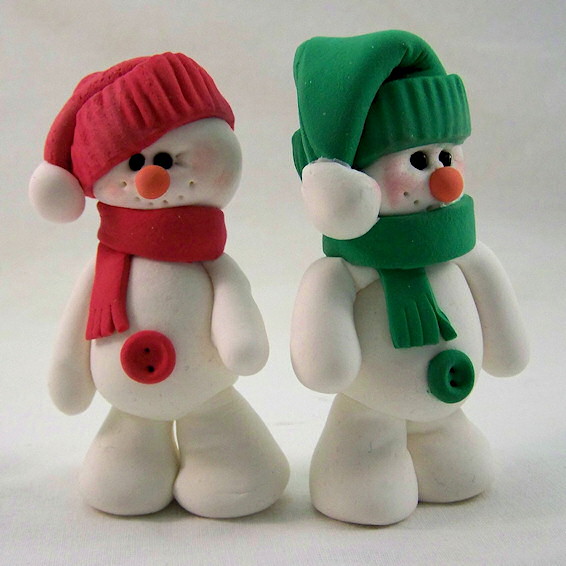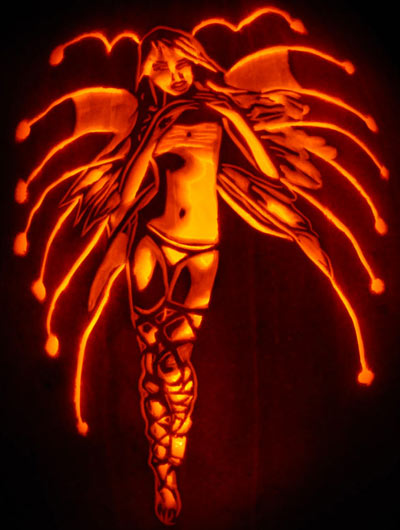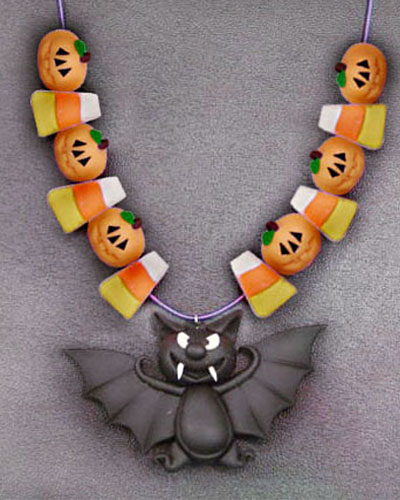BJD stands for
Ball-
Jointed
Doll. It's a doll with ball-and-socket joints in its body, arms and legs. Sometimes the waist and fingers also have articulating joints. Making and customizing BJDs has been a popular hobby in Japan for a long time but popularity has now spread all over the globe. Commercially made dolls are made of resin (and are quite expensive) but it's possible to make your own BJD with air-dry clay. This is not a project for the beginner or the faint-of heart! LOL
LaDoll and Creative Paperclay are two popular clays for creating BJDs. Polymer clay is sometimes used but doll quality air-dry clays seem to be the most popular for one of a kind BJDs.
There are many variations in the way to join each part of a doll, but essentially all limbs and joints are joined together by hooks and loops of elastic that are string as shown in image below.
A well-balanced, well-constructed doll can sit, bend and stand by itself and imitate human movement very accurately. Arms are attached by elastic running through the armholes and torso. In each leg, loops of elastic run from a hook inside the ankle up through the knee, through the leg-hole, and up to the head. All loops being hung on a hook inside the neck. Another band is attached to hooks strung inside the wrist joint.
Of course, to have this type of joint stringing, the doll must be hollow. There are several different methods for accomplishing this. The one thing they all have in common is that dolls are made in sections which are formed over some kind of removable armature. Many tutorials suggest using Styrofoam, straws and other material as the removable armature when creating hollow parts.
Tutorial Links:
"What is a BJD" is a lengthy, multi-chapter article explaining BJDs, their manufacture, wigging, costoming, stringing, repairing,etc









































